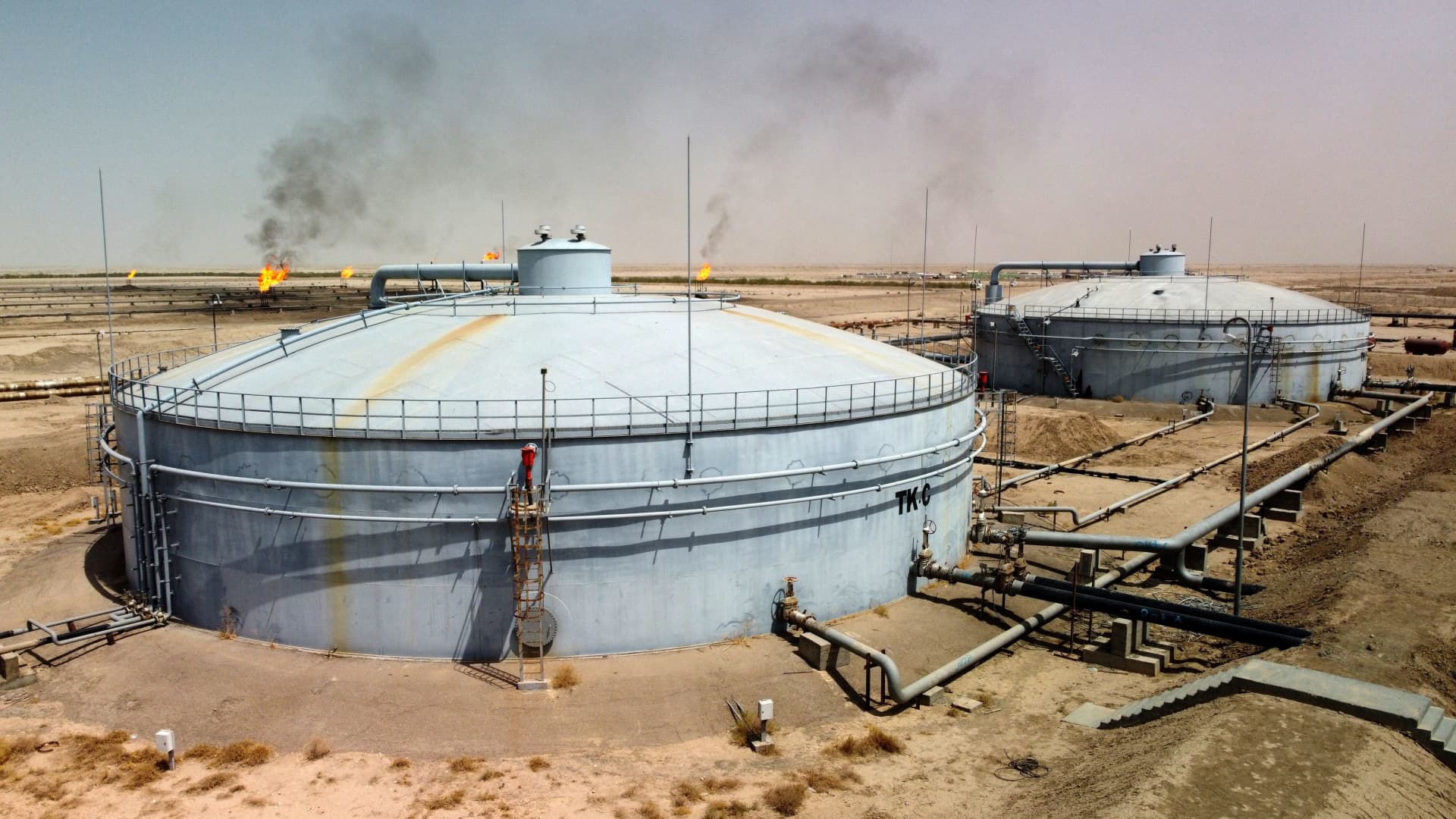U.S. Department of the Treasury Announces More Than $1 Billion in Upfront Savings for Consumers on Electric Vehicle Sales

Sign up for daily news updates from CleanTechnica on email. Or follow us on Google News!
Total Consumer Savings on Fuel and Maintenance of Up To $3.2 Billion; Estimated Savings of $18,000 to $24,000 Over Life of Vehicle
WASHINGTON — Yesterday, the U.S. Department of the Treasury and IRS announced consumers have saved more than $1 billion in upfront costs on their purchase of more than 150,000 clean vehicles since January 1, 2024, marking a major milestone in the Biden-Harris Administration’s work to lower transportation costs for Americans.
This milestone translates to consumers saving $1,750 annually on average on fuel and maintenance costs, or $21,000 of discounted savings over the typical 15-year lifespan of a vehicle, compared to a comparable gasoline vehicle. For the more than 150,000 vehicle sales that have used the upfront discount to date, this equates to around $262 million annually on fuel and maintenance costs, and up to $3.2 billion in costs over the life of the vehicles.
Since the passage of President Biden’s Inflation Reduction Act, the U.S. has experienced significant growth in the clean vehicle industry. In 2023, the U.S. saw around 1.5 million passenger clean vehicle (battery electric, fuel cell, plug-in hybrids) sales — the highest annual total ever, and a 50 percent year-over-year increase from 2022. Yesterday’s announcement demonstrates the significant related cost savings Americans are benefitting from as a result.
“President Biden’s Inflation Reduction Act is lowering costs for electric vehicle purchases, with more than $1 billion in upfront savings for American consumers since January. This discount is increasing consumer choices and creating new opportunities for companies to expand their customer base,” said Secretary of the Treasury Janet L. Yellen. “Consumers are saving up front and over time, with $1,750 savings on gas and maintenance each year and $21,000 saved over the lifetime of a vehicle.”
The Inflation Reduction Act created a mechanism to transfer the 30D clean vehicle credit of up to $7,500 and 25E previously owned clean vehicle credit of up to $4,000 to registered dealers. This mechanism gives consumers a significant upfront discount and extends the reach of the credits by making the credit available at the point of sale rather than when buyers file their taxes. Researchers have found that consumers overwhelmingly prefer an immediate rebate at point of sale.
Since this mechanism went into effect on January 1, 2024, more than $1 billion in financial benefits to consumers at the point-of-sale have been realized through the clean vehicle advance payment program for both new clean vehicles and used clean vehicles. More than 150,000 advance payments have been issued, including more than 125,000 for tax credits related to new clean vehicles. The option to transfer the tax credit to the dealer is very popular, with more than 90 percent of new clean vehicle transactions and approximately 80 percent of used clean vehicle transactions reported through IRS Energy Credits Online involving a transfer of the credit to the dealer.
Building on analysis from Energy Innovation Policy & Technology, Treasury’s Office of Economic Policy estimates that, when discounting expected annual savings over the 15-year lifespan of a vehicle, owners of electric vehicles will save $18,000 to $24,000 more than if they had purchased a comparable gasoline vehicle instead. Fuel is the largest contributor to these savings.[1] Although both gas and electricity costs vary markedly by geography, fuel costs per mile are typically substantially lower for electric vehicles than for similar gas-powered vehicles. For example, for a set of cars that have both electric and gas-powered versions, the average gasoline cost per 1000 miles is $120 for the gas-powered versions, twice as much as the $60 cost for electricity per 1000 miles for the electric versions.[2]
In addition, maintenance costs are typically 40 percent lower for EVs than for gas-powered cars. According to the same report by Energy Innovation Policy & Technology, vehicle maintenance costs are assumed to be roughly $0.06 per mile for EVs and $0.10 per mile for gas-powered cars, due in part to expenditures on engine oil, transmission service, spark plugs, and engine filters.
For more information on the Inflation Reduction Act’s clean vehicle tax credits, please click here.
[1] Applying a 3.5 percent discount rate to annual fuel and maintenance savings of $1,500 to $2,000 per year.
[2] To calculate this, we used the published fuel ratings MY2022 electric- and gas-powered versions of the Hyundai Kona, Ford F150, Kia Niro, Volvo XC40 and the Nissan Versa/Leaf, and the average U.S. residential cost of $0.17 per kWh, and $3.49 per gallon as published here and here, pulled on June 6, 2024
News release from U.S. Department of Treasury.
Have a tip for CleanTechnica? Want to advertise? Want to suggest a guest for our CleanTech Talk podcast? Contact us here.
Latest CleanTechnica.TV Videos
CleanTechnica uses affiliate links. See our policy here.
This post has been syndicated from a third-party source. View the original article here.



